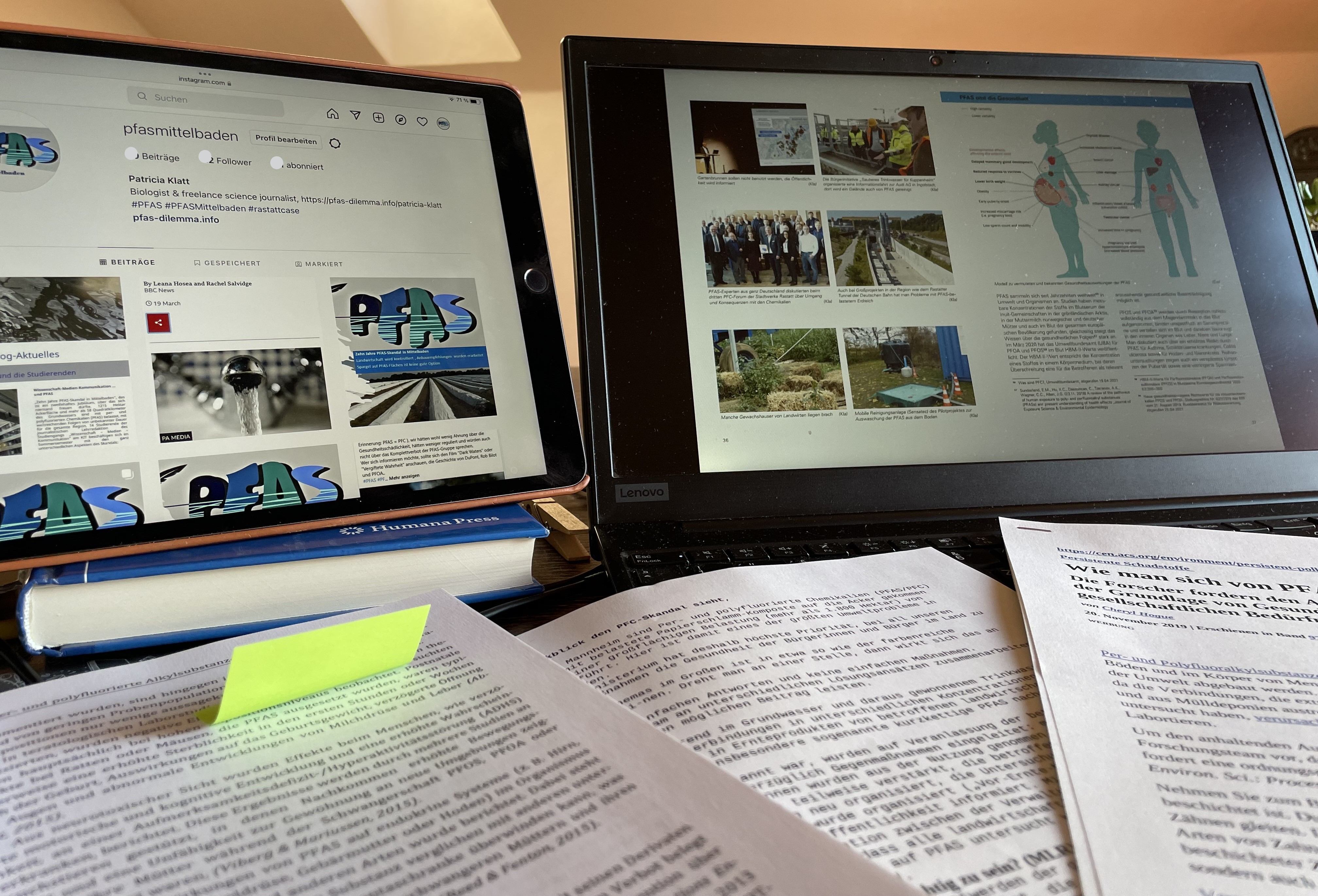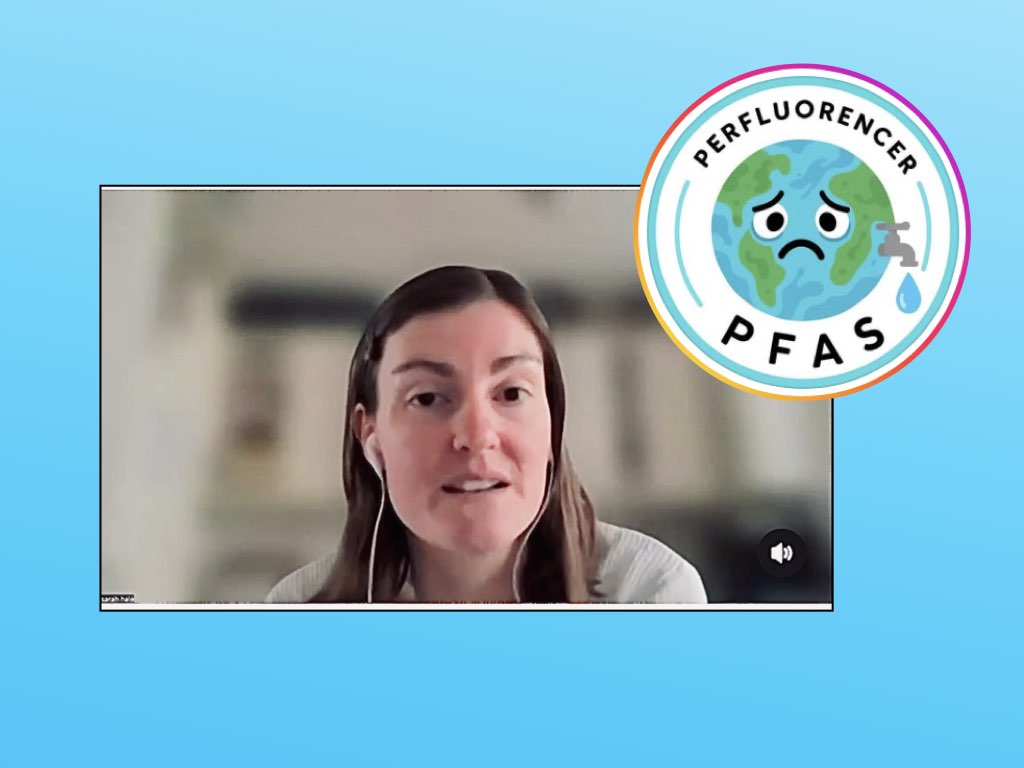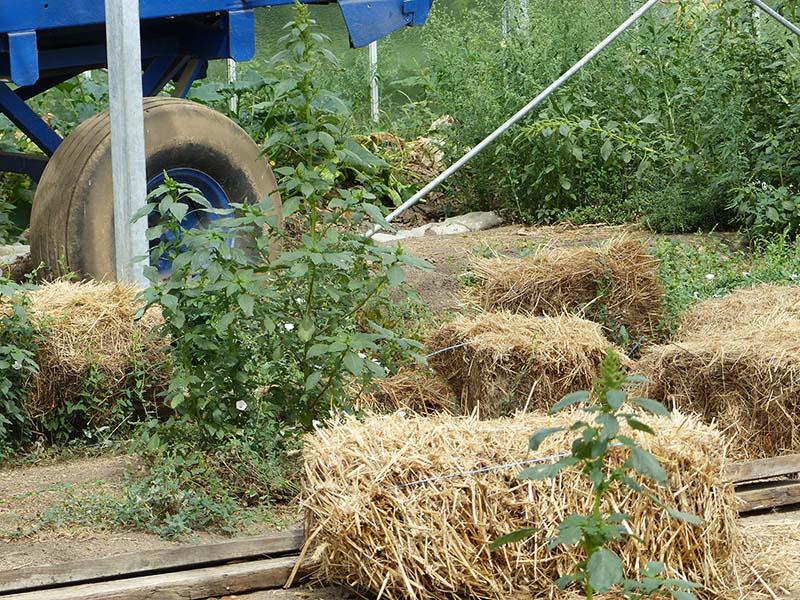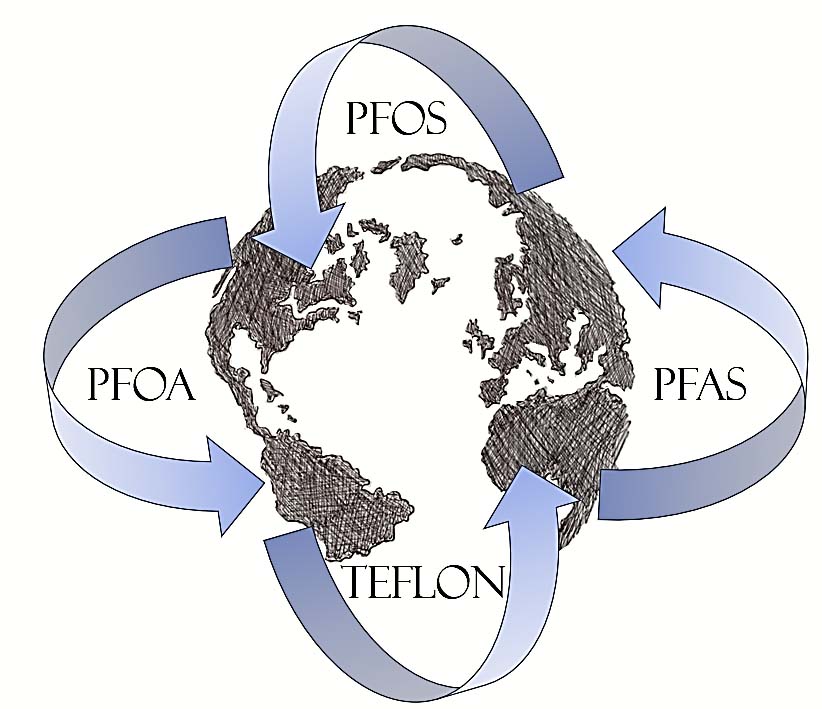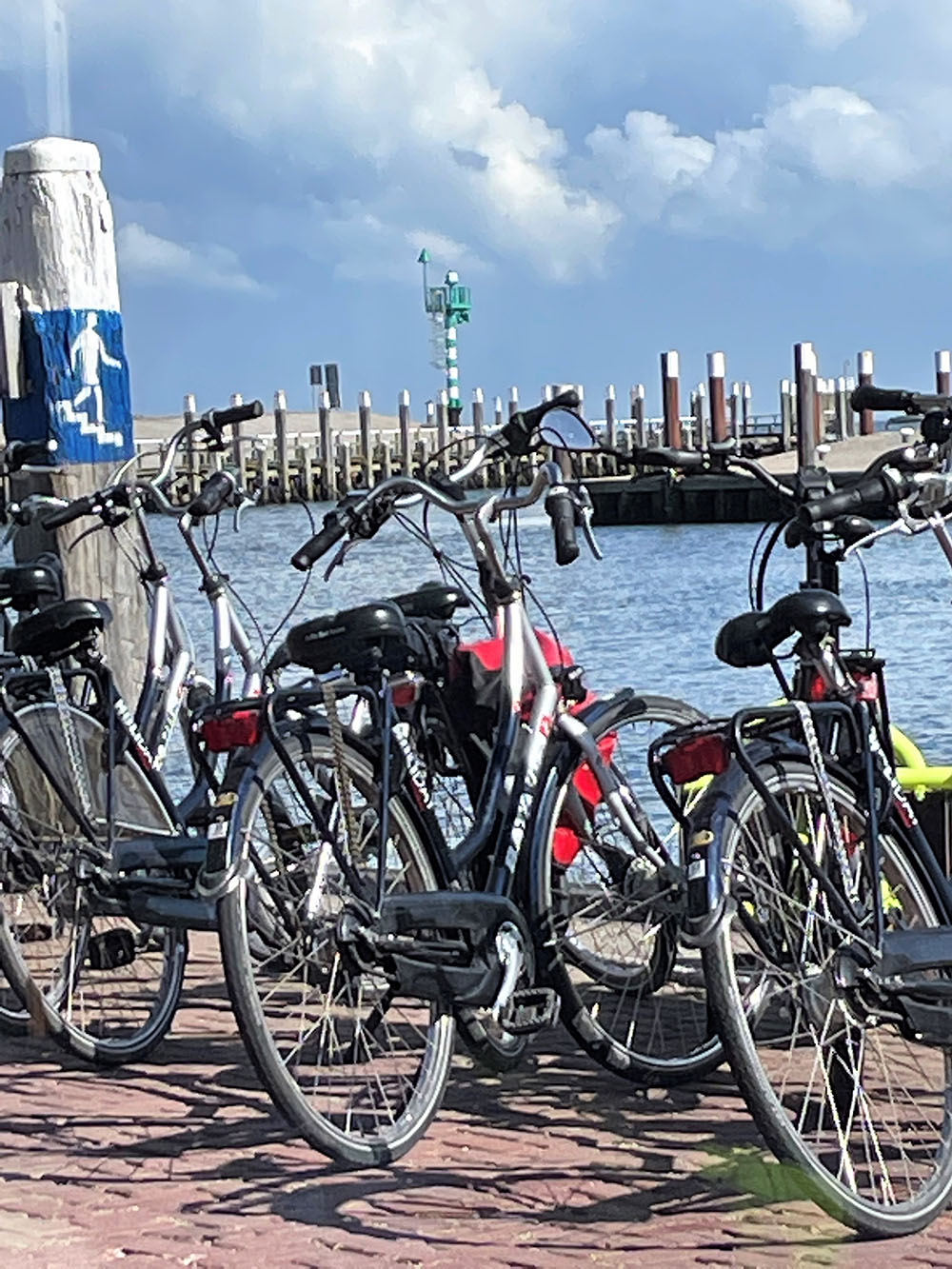This interview is part of the student-led Instagram project @perfluorencer, developed as part of the Science – Media – Communication program at the Karlsruhe Institute of Technology (KIT). Over several months, the team explored PFAS – per- and polyfluoroalkyl substances, also known as “forever chemicals.” These substances are found in rain jackets, fast food wrappers – even in our blood. But who's responsible? And how do we get out of this mess?
To find out more, Cora Bittner and Nele Bloch spoke to Sarah Hale, environmental researcher at TZW in Karlsruhe and project manager of the European ZeroPM project.
Read why Sarah Hale believes that science, politics and consumers should work together, that the younger generation needs to be aware of the PFAS problem and why we shouldn't panic about PFAS.
With the kind permission of all involved, I am pleased to share this interview here in the section “PFAS-Gespräche” on pfas-dilemma.info.
What Is ZeroPM – and How Can It Help Tackle the PFAS Crisis?
1. Could you introduce yourself briefly and tell us what you are currently working on with ZeroPM?
Hale: “My name is Sarah Hale; I work for the German water centre and at the moment I am managing a big Horizon 2020 research project which is called ZeroPM.
In ZeroPM, what we try and do is interlink three different strategies: prevention, prioritization and removal, because we are trying to protect the environment and human health from persistent and mobile substances.”
2. If you had to describe PFAS using three adjectives, which ones would you use?
Hale: “If I was to describe PFAS in just three words, it would probably be: undesirable, hazardous and persistent.”

Living Near PFAS Contamination: Try to be informed
3. We are currently in the area of Mittelbaden, very close to Rastatt. The PFAS contamination there is extraordinarily high. This leads to a long-term, hard to control contamination of the groundwater that will occupy us for decades. Do you have some recommendations for people who live in this area?
Hale: “I’d say for people who are living in the area that is affected by the PFAS pollution near Rastatt is to try not to panic – that would be my first piece of advice just working with pollution and also seeing how on a daily basis in the UK in the moment there is a news story about PFAS.
So just yesterday, there was one actually about TFA and I think sometimes, if you’re not informed about what you are reading, it can lead to panic. I always think of my mom – I’m thinking: Is she panicking about what she’s reading? Probably. But then I can tell her: You know, don’t panic. So, the first thing I’d say is just try not to panic. And also, be informed, so try and get the information from the recognized public bodies, from the city council or the municipality, whoever it is, and also from scientists.
But I think I would also say another practical thing is actually really try to avoid exposure. Because the concentrations are so high that any exposure that you can avoid anywhere is good. Try not to eat those vegetables that contain a high concentration of PFAS and try not to expose yourself in other ways, you know, don’t drink the water from another contaminated area as well.”
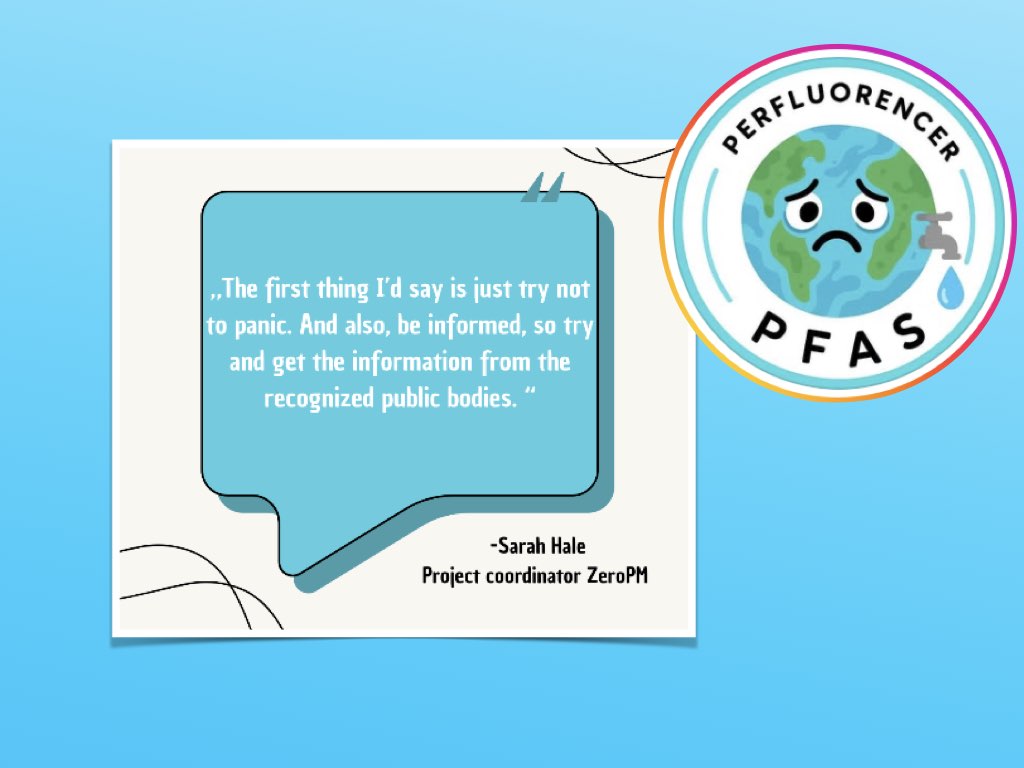
Solving PFAS Isn’t Just Science – It’s Teamwork
4. What technological approaches for the removal of persistent and mobile substances (PM) do you currently consider the most promising? How does ZeroPM support these projects?
Hale: “I’d say that the most promising methods at the moment for the remediation of these persistent and mobile substances from water is likely what we are looking at in ZeroPM. And that’s probably a combination of ion exchange resins with activated carbon. So, these two, when you put them together, they work very well. They capture many more PM substances than if you use them by themselves. But we also have the problem at the end where we have a concentrated solution of the pollutants and then that has to be treated itself. So that is something we’re looking at in ZeroPM, we’re actually doing experiments to see whether we can clean the stuff that’s left at the end.
We’re also working in ZeroPM, it’s slightly different, but we are working with sewage sludge. I mean sewage (paper) sludge is what’s causing a lot of the contamination and that was the problem at Rastatt. So here, we’re working with hydrothermal carbonization and we are trying to adapt different parameters to see which is going to work best. Now the one thing that we do in ZeroPM which is really good is first we start at the bench, so we are in the lab, we optimize our parameters, and then we’ve gone to the field. And we’ve done a little pilot scale test. That really helps then get the results that you can show also to the people working at the plant like: Look, this is really good and you should do this. So those are the things that we’re focusing on and things that I think are very good.”
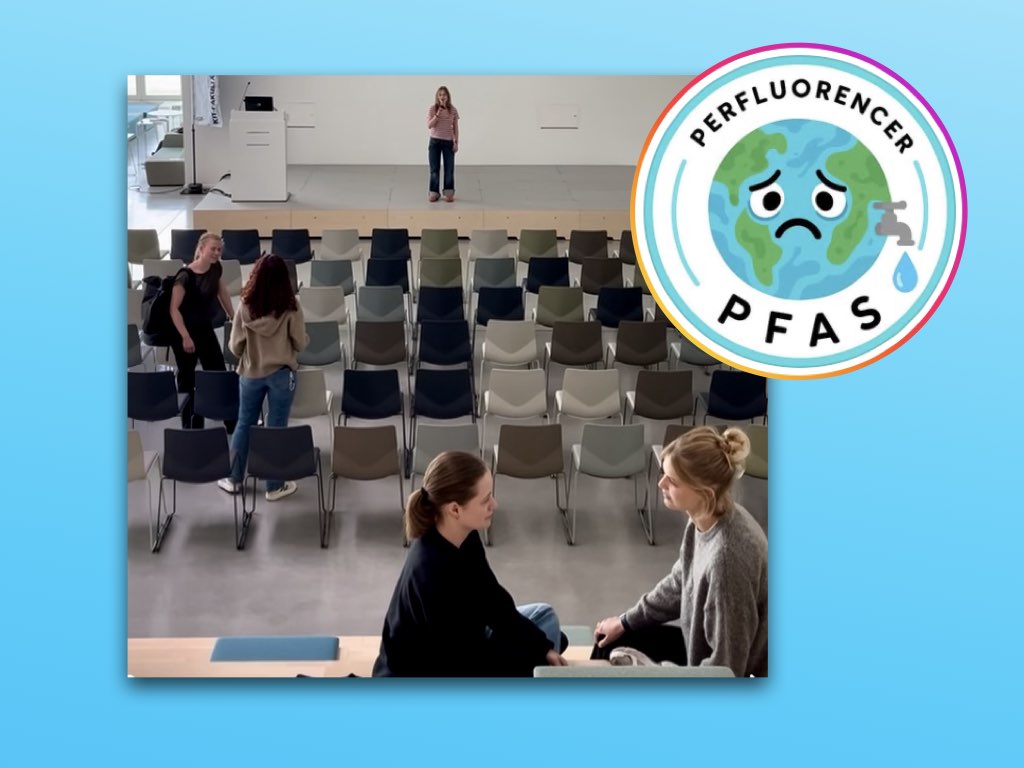
5. If you could dream big, how could the PFAS dilemma be solved in 10 years and how could that affect people positively?
Hale: “So, when you asked me this question about if I can dream big and see into the future in ten years and kind of see what would happen and how it could be solved, I actually started by thinking: In ten years, actually it probably can’t be solved. So that’s my first take-home message.
But I think things can improve over ten years, definitely by the way that we handle the problem. So, there’s several things that we can do, you know, as chemists or as people with knowledge.
I would say that one of the best things that we can do is educate people, the younger generation, to make sensible choices. I would also say that focusing on policy and regulation is great, but we also need to educate the consumers not to buy the products with PFAS, so they don’t get into the environment, so they don’t contaminate for the future, so that people don’t need to produce PFAS. So, we need to look a bit more holistically.
And I would say that in ten years, my dream or my wish would be that stakeholders work together more closely because that’s how I think we’re going to solve the PFAS problem – by bringing everyone together.
And I think it’s actually happening, and maybe in ten years it will definitely be there and it will have happened.”
Dr. Hale, thank you very much for the interview.
Interview conducted by: Cora Bittner and Nele Bloch, June 17, 2025
Instagram-channel of the KIT-students: @perfluorencer, (https://www.instagram.com/perfluorencer/ )
In 2022, Sarah Hale already spoke with me about the ZeroPM project. 👉You can read the first interview here.


